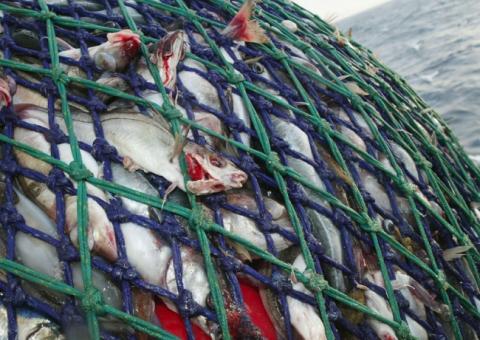
Should Twilight Zone Fish Be Protected
Researchers estimate that the deep ocean's twilight zone holds 90 percent of the world's total fish biomass, making it an untapped source of protein for the world’s human population.
There is an area deep in the ocean known as the twilight zone, where daylight cannot reach. New research has revealed that life in this area constitutes a huge potential source of fishmeal and Omega 3 fatty acids.
Consequently, this untapped source of protein could be used to feed the world's population and offset food shortages linked to climate change and reduced crop productivity. However, researchers at the Technical University of Denmark (DTU) warn that it is critical to develop sustainable management strategies before exploiting the deep sea.
The most common fish living in the twilight zone - 200 to 1,000 meters underwater - are lanternfish, including the Bristlemouth Cyclothone, which is considered to be the most abundant vertebrate species on the planet. These fish are commonly called Myctophiids, of which there are 245 species, measuring between 10 and 15 cm long.
Myctophiids, along with squid and crustaceans, migrate to the surface from great depths to feed at night. During the day, however, they can be detected using acoustic surveys 500 meters under the surface.
If estimates from the latest study hold true, the twilight zone far surpasses all current fisheries with 90 percent of the world's total fish biomass. This, the researchers say, is the equivalent of 1.3 billion tons of fish biomass per person on Earth, excluding squid and krill. The only problem is that the twilight zone exists in a kind of "no man's water," where there are no rules for fishing.
